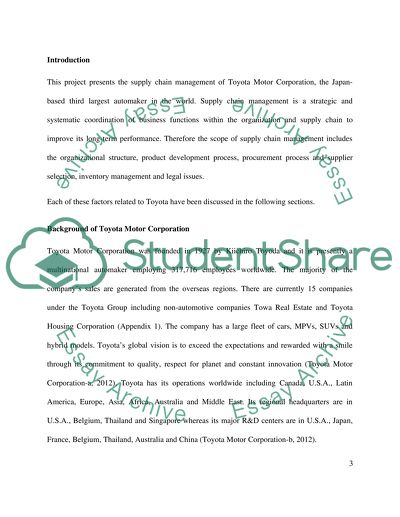Cite this document
(“Managing the Supply Chain Essay Example | Topics and Well Written Essays - 1250 words”, n.d.)
Managing the Supply Chain Essay Example | Topics and Well Written Essays - 1250 words. Retrieved from https://studentshare.org/marketing/1441543-managing-the-supply-chain
Managing the Supply Chain Essay Example | Topics and Well Written Essays - 1250 words. Retrieved from https://studentshare.org/marketing/1441543-managing-the-supply-chain
(Managing the Supply Chain Essay Example | Topics and Well Written Essays - 1250 Words)
Managing the Supply Chain Essay Example | Topics and Well Written Essays - 1250 Words. https://studentshare.org/marketing/1441543-managing-the-supply-chain.
Managing the Supply Chain Essay Example | Topics and Well Written Essays - 1250 Words. https://studentshare.org/marketing/1441543-managing-the-supply-chain.
“Managing the Supply Chain Essay Example | Topics and Well Written Essays - 1250 Words”, n.d. https://studentshare.org/marketing/1441543-managing-the-supply-chain.


